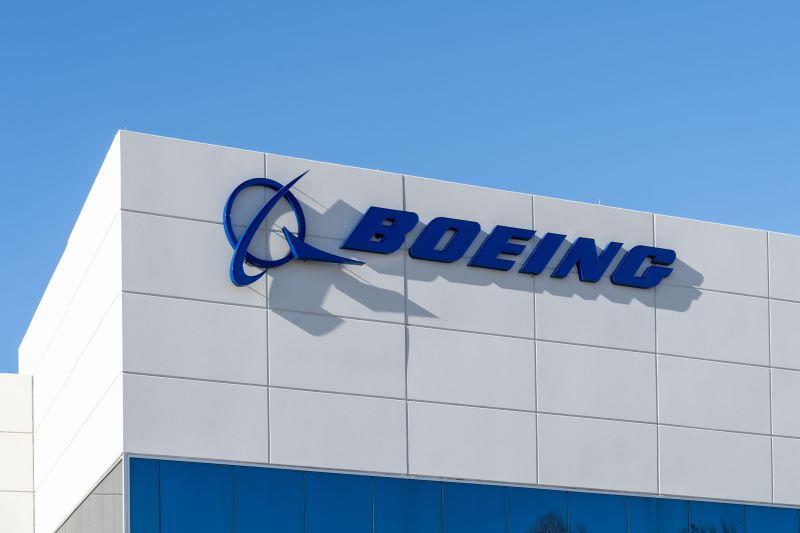Latest Financial Results At Boeing Show Recovery Still A Distant Goal

When Boeing released its third-quarter 2022 financial results Oct. 26 before regular trading began on the U.S. stock markets, financial analysts did not know how investors would take the news.
There were eye-catching operating losses and almost $2.8 billion in new charges, but there were also $2.9 billion in free cash flow and renewed promise of a return to annual positive cash flow.
By the end of the trading day, investors made it clear how they took the news: Boeing’s stock price dropped around 9% for the day, bringing its year-to-date total falloff to 36%.
Boeing reported a so-called core operating loss of $6.18 per share (EPS) for the recent third quarter, falling far short of analysts’ expectations of around $0.14 of gain. The loss per share paled in comparison to the $0.60 loss a year before. Revenue of $15.97 billion was 4% better than the $15.3 billion in the prior-year period, but still about 13% below forecasts for the latest quarter.
In notes to clients, Wall Street analysts lamented the “huge headline EPS/sales miss” and “monster” loss.
The latest loss was driven by $2.8 billion in additional, new charges against profit in the Arlington, Virginia, company’s defense and space division. Fixed-price U.S. military contracts for KC-46, VC-25, MQ-25 and T-7 were cited, as well as NASA’s Commercial Crew program. At the same time, supply chain struggles and continued uncertainty around the Chinese market will hold down Boeing’s ability to ramp up 737 production rates and monthly delivery totals well into 2023. “It won’t be until we get to the end of next year before we can really make sizable rate increases,” CEO and President Dave Calhoun said during a teleconference.
Analysts became more somber in their commentary as the day wore on. “Boeing management continues to state that the company is in turn-around mode, but we’d say that the arc of recovery remains extremely elongated,” analysts at Vertical Research Partners said. “In whack-a-mole fashion, just as Boeing gets something right (787 restarts), something else goes wrong (Defense charges, China, supply chain). Given the track record to date, particularly on forecasting additional defense charges, we continue to be wary of whatever outlook Boeing provides, and think that there are far less risky ways of gaining A&D exposure.”
Calhoun and other Boeing leaders are expected to provide their first forecast for financial results, as well as a lot more information about rates and other issues, when they host an investor conference Nov. 2. In the Oct. 26 report, they noted that cash on hand rose to $14.3 billion from $11.4 billion at the end of the second quarter, driving net debt down 6% to $42.9 billion from $45.8 billion. Boeing also has not tapped a $12 billion revolving line of credit, although its limit was reduced from $14 billion before.
More importantly for shareholders, the Boeing leaders tried to underpin promises of positive cash flow starting this year—which is necessary for the company to issue share dividends and conduct share buybacks—in turn boosting the stock price. “This quarter was a big one for us. We hit a marker, a marker we’ve set since the beginning of our turnaround effort in the beginning of 2020, and that was to generate positive free cash flow,” Calhoun said.
Still, some analysts remain wary that Boeing leadership is again prioritizing those metrics, mirroring the drive to become a “global industrial champion” before the MAX debacle.
“In the past, focusing on free cash flow got the company to where it is today that didn’t end very pretty,” analyst Ron Epstein of Bank of America told Calhoun during the teleconference. “How are you viewing that differently than how it was viewed in the past?”
Calhoun declined to comment on the past, but he said that today’s focus on free cash flow is driven by the expectations of the company’s debt holders and shareholders.
“We took on a lot of debt,” Calhoun told Epstein. “Shareholders told us it would be great if you got rid of that debt sooner rather than later. So, we’ve been focused on free cash flow. It is a great metric, period, in terms of how we measure all our people and the work that we’re doing. It does not suggest that we have stopped investing in new capabilities that will ultimately differentiate this company and bring it right back to the leadership role that its always enjoyed.”


Comments